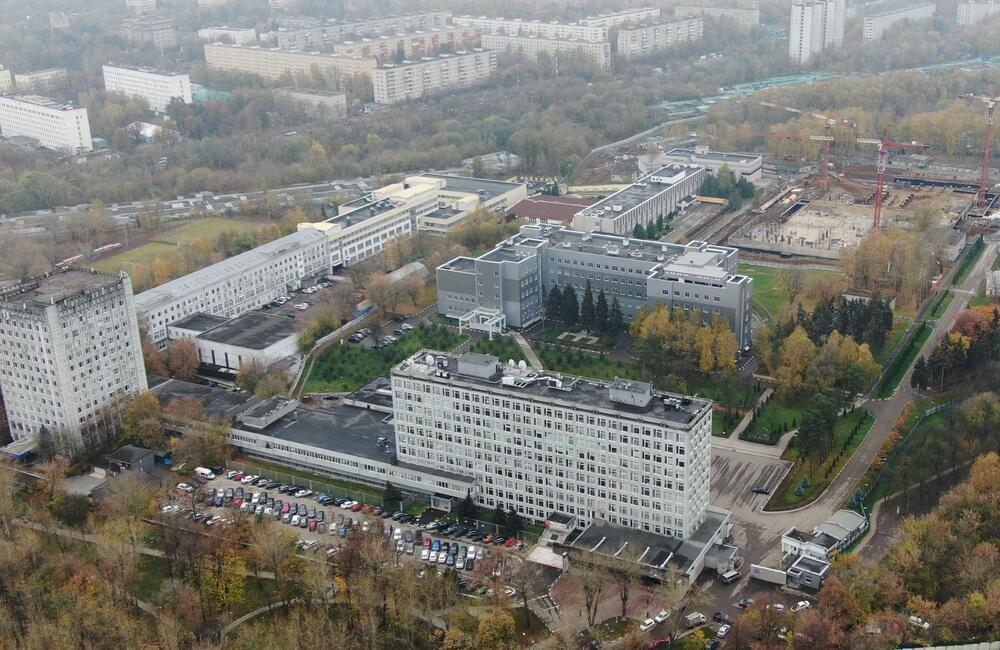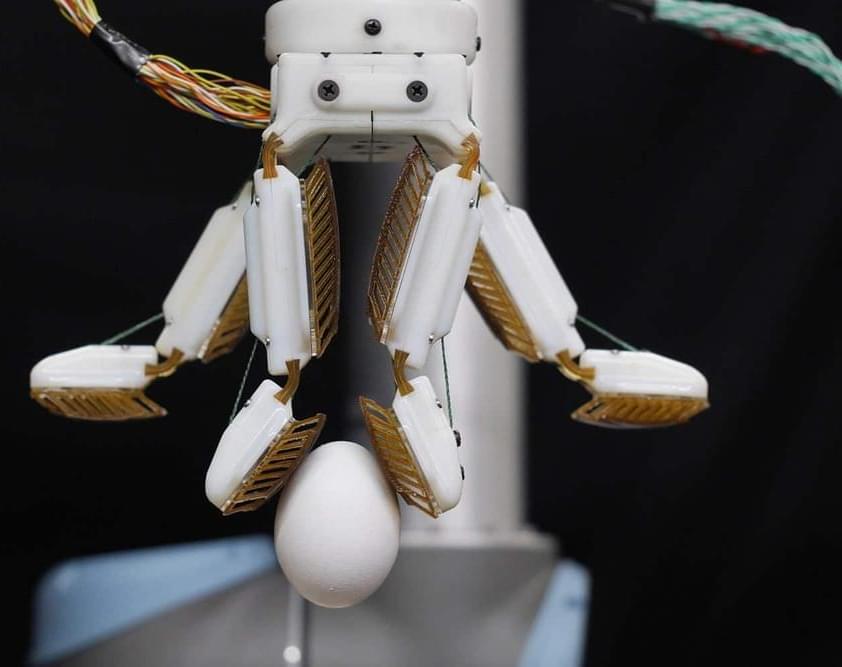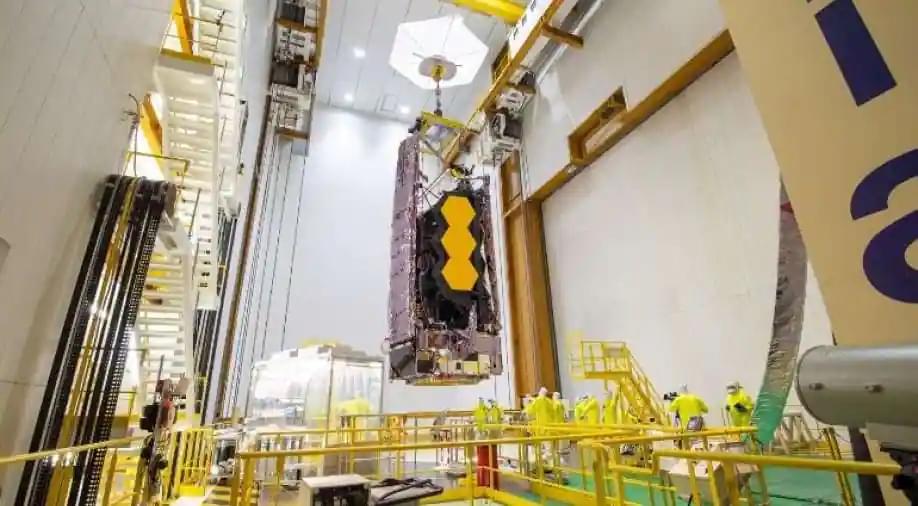Page 5444
Dec 18, 2021
The Mind-Controlled Bionic Arm With a Sense of Touch
Posted by Kelvin Dafiaghor in categories: biotech/medical, cyborgs, transhumanism

In the first episode of Humans+, Motherboard dives into the world of future prosthetics, and the people working on closing the gap between man and machine.
We follow Melissa Loomis, an amputee from Ohio, who had experimental nerve reversal surgery and is going to Johns Hopkins’ Applied Physics Lab to test out its latest Modular Prosthetic Limb, a cutting-edge bionic arm funded in part by DARPA. Neuro-interfacing machinery is a game changer in terms rehabilitating patients, but what possibilities do these advancements open for the future?
Continue reading “The Mind-Controlled Bionic Arm With a Sense of Touch” »
Dec 18, 2021
On December 17, 1903, Wilbur and Orville Wright made four brief flights four miles south of Kitty Hawk, North Carolina with their first powered aircraft
Posted by Dan Kummer in categories: engineering, transportation
The Wright brothers had designed the world’s first successful, heavier-than-air, powered airplane.
Find U.S. Department of Energy (DOE)-funded research about the Wright brothers’ innovative approach to development on OSTI.GOV:
• Accelerating Learning with Set-Based Concurrent Engineering: https://www.osti.gov/biblio/1605517
• Control Co-Design: An engineering game changer: https://www.osti.gov/biblio/1615248
• Engineering a Better Future: Interplay between Engineering Social Sciences and Innovation: https://www.osti.gov/biblio/1530161
Dec 17, 2021
Finally, NASA to launch $10 billion James Webb Space Telescope on Christmas Eve
Posted by Alberto Lao in categories: futurism, space
A Christmas Eve present to the world.
In what can be considered as a Christmas present for the world, NASA is looking to launch its new space telescope on coming Friday, which also happens to be ‘Christmas Eve’.
On Friday, NASA Administrator Bill Nelson said that the agency will blast off the $10 billion James Webb Space Telescope on December 24.
Continue reading “Finally, NASA to launch $10 billion James Webb Space Telescope on Christmas Eve” »
Dec 17, 2021
WebGPT: Improving the factual accuracy of language models through web browsing
Posted by Dan Kummer in category: robotics/AI
We’ve fine-tuned GPT-3 to more accurately answer open-ended questions using a text-based web browser. Our prototype copies how humans research answers to questions online – it submits search queries, follows links, and scrolls up and down web pages. It is trained to cite its sources, which makes it easier to give feedback to improve factual accuracy. We’re excited about developing more truthful AI, but challenges remain, such as coping with unfamiliar types of questions.
Language models like GPT-3 are useful for many different tasks, but have a tendency to “hallucinate” information when performing tasks requiring obscure real-world knowledge. To address this, we taught GPT-3 to use a text-based web-browser. The model is provided with an open-ended question and a summary of the browser state, and must issue commands such as “Search …”, “Find in page: …” or “Quote: …”. In this way, the model collects passages from web pages, and then uses these to compose an answer.
Dec 17, 2021
AI argues for and against itself in Oxford Union debate
Posted by Kelvin Dafiaghor in category: robotics/AI
The artificial intelligence was given access to the whole of Wikipedia and news articles in preparation.
Dec 17, 2021
India Shifts 50,000 Troops to China Border in Historic Move
Posted by Quinn Sena in category: futurism
With even more soldiers patrolling both sides of the disputed areas, any miscalculation could turn deadly.
Dec 17, 2021
Russia’s Clandestine Chemical Weapons Programme and the GRU’s Unit 29155
Posted by Quinn Sena in categories: biotech/medical, chemistry, military

https://youtube.com/watch?v=Ac9RBmY9Vd0
On October 15, 2020, the European Union imposed sanctions on six senior Russian officials and a leading Russian research institute over the alleged use of a nerve agent from the Novichok family in the poisoning of opposition leader Alexey Navalny. Russia dismissed as baseless the EU’s allegations that it had not complied with its obligations, under the convention it ratified in 1997, to discontinue its chemical weapons program. Russian officials said the country had nothing to do with Navalny’s poisoning and implied that if any party had used nerve agents on him, it would have been Western secret services. Vladimir Putin, who in 2017 had personally watched over the destruction of the last remaining Russian chemical weapons stash, ridiculed the findings of four separate laboratories, confirmed by the OPCW, that a Novichok-type organophosphate poison was identified in Alexey Navalny’s blood.
Two years earlier, in 2018, Russia had dismissed as unfounded allegations that its military intelligence had used Novichok to poison former Russian spy Sergei Skripal and his daughter. Similarly, Russia had then stated that it had no ongoing chemical weapons program and had destroyed all of its prior arsenals; while alluding that UK agencies may have used their own stash of Novichok to poison the Skripals in a false-flag operation.
Continue reading “Russia’s Clandestine Chemical Weapons Programme and the GRU’s Unit 29155” »
Dec 17, 2021
New details of torture, cover-ups in China’s internment camps revealed in Amnesty International report
Posted by Quinn Sena in categories: education, government
Chinese officials spent days burning documents after government information leaked to global media exposed conditions in the camps.
Dec 17, 2021
‘Technology superhighway’ rising between Dell, Samsung
Posted by Shubham Ghosh Roy in categories: economics, transportation
Will this be the most exciting stretch of land in all of Central Texas in the coming years? It has investors and developers salivating.
















